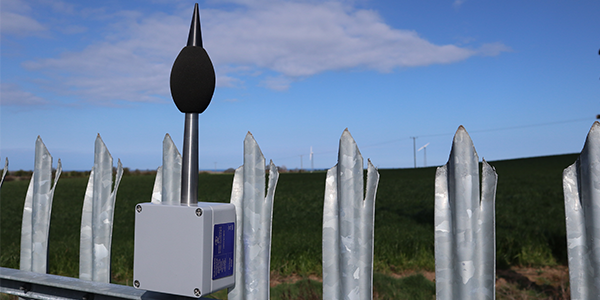Subpages
MK:440 NoiseSensor LITE

Integrate noise monitoring into your data logging system and start measuring your impact on noise pollution.
The MK440 NoiseSensorLITE is a compact, light and easy-to-deploy noise monitoring instrument, perfect for measuring and monitoring environmental noise.
Built on the technology of the MK427 NoiseSensor, the MK:440 is an integrating instrument, meaning it can be added to existing PLC data logging and monitoring systems with relative ease, eliminating the need for a lengthy and complicated set up procedure. Unlike conventional sound level meters (like the Optimus+ Green), the NoiseSensorLITE converts the noise level in decibels, into an industry-standard 4-20mA output, which can be connected to a standard DCS/SCADA-based system, allowing you to add noise measurement capability to an already-established system..
With no dials, controls or displays, the MK:440 is incredibly easy to install and use. Once in place and hooked up to your system, there’s no need for any user-intervention; the NoiseSensorLITE will continue to work away on its own. You won’t have to spend ages learning a new piece of equipment – simply plug it in, and start monitoring!
Intrinsically safe for hazardous environments
The NoiseSensorLITE has ben certified safe for use in Class 1 Division 2 hazardous environments, which include locations like mines, gas pumps and stations, processing plants, and food and beverage maufacturing locations.
With intrinsic safety certification from FM Approvals, the MK:440 can be used to monitor noise levels in potentially dangerous environments, without fear of flammable vapor, gas or liquids being ignited by the instrument. If you’re already monitoring environmental/atmospheric conditions in a hazardous environment and need to start monitoring noise, the MK:440 is the solution you need.
Key Features:
- Lightweight and compact
- Weatherproof design
- Easy to install and set up
- Designed specifically for integration into existing systems
- No user-intervention required to record noise levels
- No need for third-party software
- Intrinsically safe for use in Class 1 Division 2 areas

